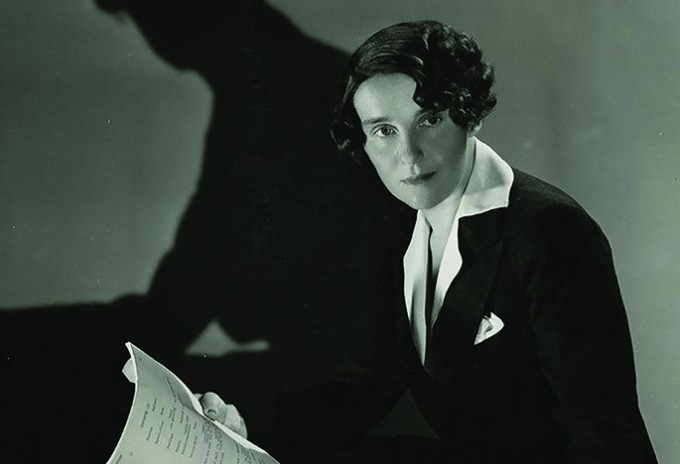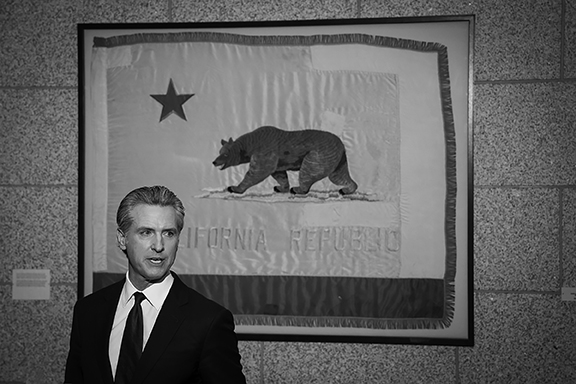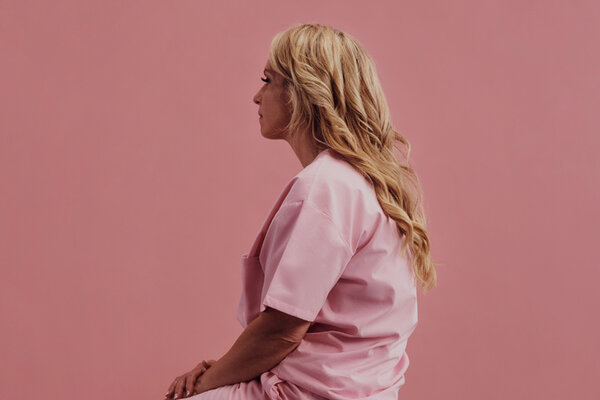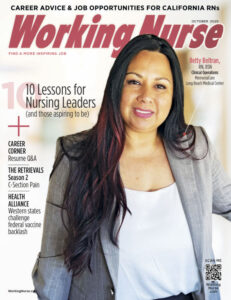Profiles In Nursing
Nathalie Bucknall (1895–1959), Russian Nurse, Spy, and Hollywood Movie Executive
From the "Women's Battalion of Death" to WWII espionage to MGM Studios — this nurse led a life of adventure

In this era of credentials and degrees, we sometimes forget that throughout much of history, nursing was a more informal, transitory occupation. Often, particularly during wartime, the wounded and sick were tended by volunteers who either came from or went on to a wide variety of other occupations.
One such practitioner was Nathalie Bucknall, whose laudable service as a nurse during the First World War and the Russian Revolution was just the overture to a fascinating and dangerous career that took her from espionage to the silver screen.
Women’s Battalion of Death
Born in St. Petersburg, Russia, she was the daughter of State Councilor Ivan de Fedenko, an official in the government of Tsar Nicholas II. Like many upper-class Russian women, the outbreak of the First World War led her to volunteer for the Russian Society of the Red Cross, whose nurses were known as “sisters of mercy.”
While details of Bucknall’s wartime service are now scarce, historian Laurie Stoff, Ph.D., notes that during World War I:
Russian sisters of mercy often served very close to the fighting and were subject to conditions very similar to those of combatants. … They experienced extreme cold, constant fatigue, vermin infestations, contagious diseases, the effects of gas attacks, deadly artillery fire and aerial bombardment.
Bucknall performed so valiantly as a nurse that the tsar personally awarded her the St. George Medal for bravery. She also received the Gold Medal of St. Anne.
In the summer of 1917, she joined Russia’s all-female 2nd Women’s Battalion of Death, although that unit did not see combat before it was disbanded later that year.
It was around the time of 1917’s October Revolution that she met and married Lt. Cdr. George Bucknall, a Royal Navy officer attached to the division of Capt. Francis Cromie, the British naval attaché in St. Petersburg and the de facto head of British intelligence in Russia.
On Aug. 31, 1918, Bolshevik troops raided the British embassy and shot Cromie, who died in Nathalie Bucknall’s arms. The Bolshevik secret police, the Cheka, arrested all the survivors of the raid and imprisoned them in St. Petersburg’s Peter and Paul Fortress.







